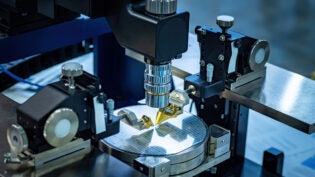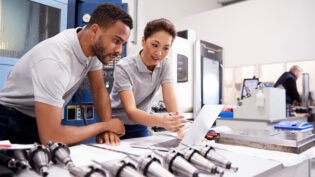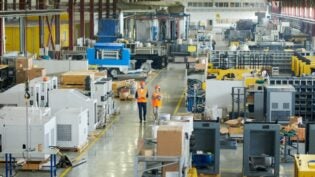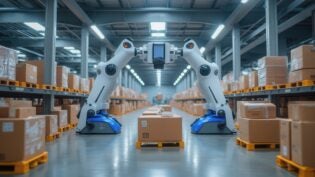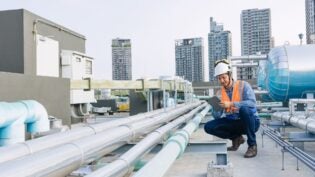3 Benefits and Limitations of Metal 3D Printing
By: Marinus Nutma
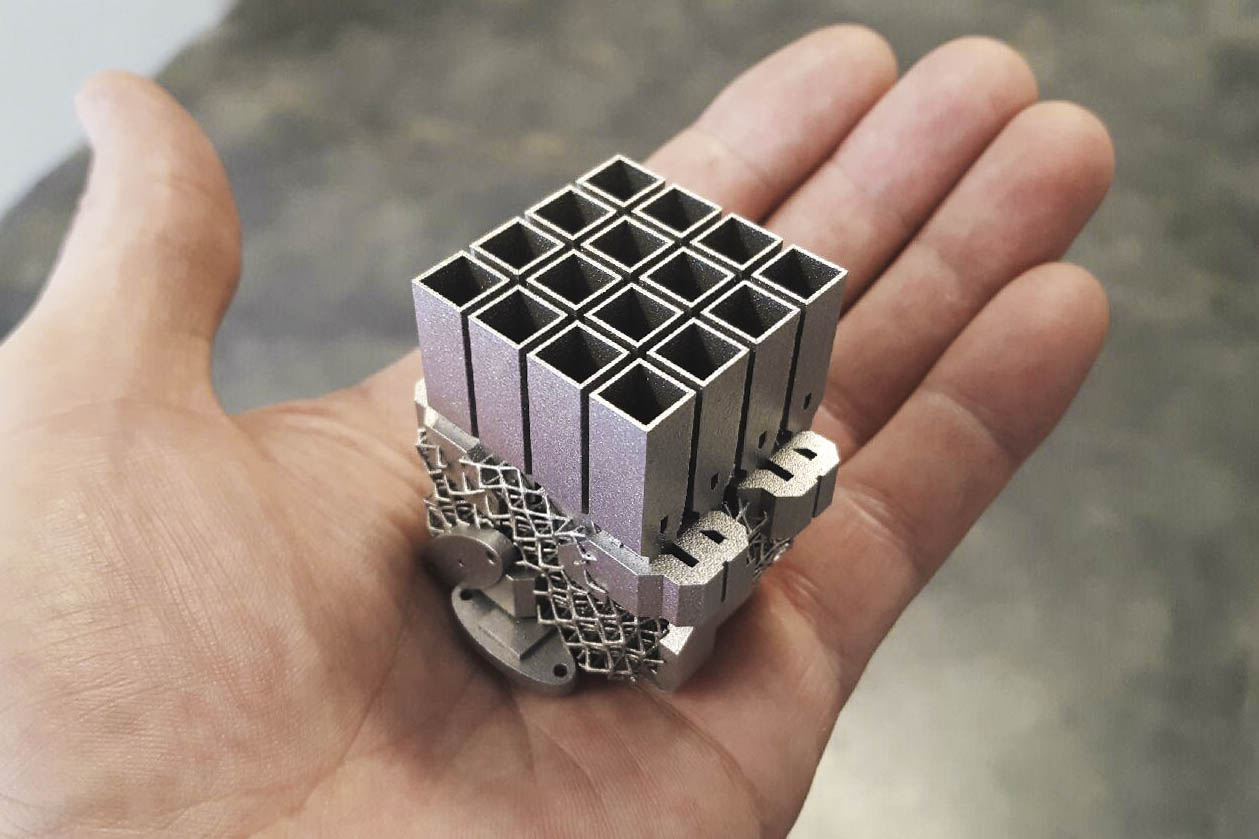
Nowadays there are multiple effective ways to produce a three-dimensional component for a product. The most common is to use a 3D printer to develop the part. But you also need to decide which material you are going to use. You could, for example, use a type of plastic to manufacture your 3D model, but metal 3D printing is possible and perhaps more beneficial, as well.
What are the benefits of metal 3D printing?
A key advantage of 3D printing with the help of a metal is that it can be utilized to develop complex and bespoke pieces. These parts can have geometries which simply cannot be produced by using manufacturing processes that are normally seen as more traditional than 3D printing. On top of that, the metal products that have been made with the help of 3D printer usually have excellent physical specifications.
Furthermore, the available range of metal materials that can be used includes types that are usually rather hard to process. Metal superalloys are great examples of this advantage. Another benefit of the 3D printed parts that are made out of a metal is that they can be topologically optimized. This way, their performance will be maximized while their weight will be minimized.
What are the limitations of metal 3D printing?
Unfortunately, 3D printing a metal has some disadvantages as well. For example, if you have already created a design, this might not be suitable for metal 3D printing. Therefore, you would have to adjust and alter the three dimensional model.
Furthermore, metal 3D printing often costs quite a lot. The manufacturing costs are high, just like the price to pay for the materials. If you can produce a part with a traditional method this might be better, since it probably is cheaper than metal 3D printing.
Metal 3D printing systems also do not have the biggest build sizes. This definitely is limiting, since precise process control and manufacturing conditions are needed. Finally, metal 3D printing requires a greater amount of skill and knowledge than basic plastic printing. However, this can be countered by hiring a 3D printing service which will have the knowledge and experience to help you.
Rules of thumb
Metal 3D printing is most suitable for complex, bespoke parts that are difficult or very costly to manufacture with traditional methods. Minimizing the need for support structures will greatly reduce the cost of metal printing. Topology optimization is essential for maximizing the added benefits of using metal printing. Metal 3D printed parts have excellent mechanical properties and can be manufactured from a wide range of engineering materials, including metal superalloys.
4846 Views







